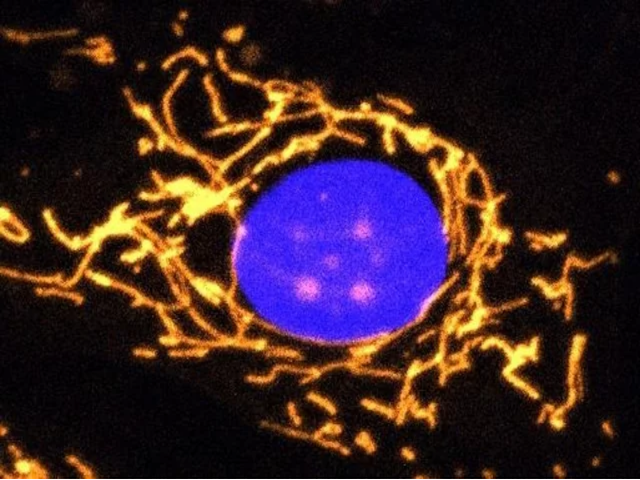Traffic Jam in Neurons Linked to Secretion of Alzheimer's Protein / Ingorgo stradale nei neuroni legato alla secrezione di proteine di Alzheimer

Traffic Jam in Neurons Linked to Secretion of Alzheimer's Protein / Ingorgo stradale nei neuroni legato alla secrezione di proteine di Alzheimer Segnalato dal Dott. Giuseppe Cotellessa / Reported by Dr. Giuseppe Cotellessa Decades before the first symptoms of Alzheimer's appear, the brain's neurons start secreting tau proteins, one of the first changes known to occur in the course of the disease. High levels of secreted forms of tau--which can be detected in spinal fluid and, as recently reported, in blood--are known to be the most reliable predictor of who will eventually develop Alzheimer's disease. But a critical question about tau has remained unanswered: Why are neurons secreting tau in Alzheimer's disease? "Since tau secretion is one of the earliest events in Alzheimer's, figuring out why that happens can tell us about the underlying mechanisms of the disease, which is critical for developing therapies. If tau is the smoke, in other words, what ...



